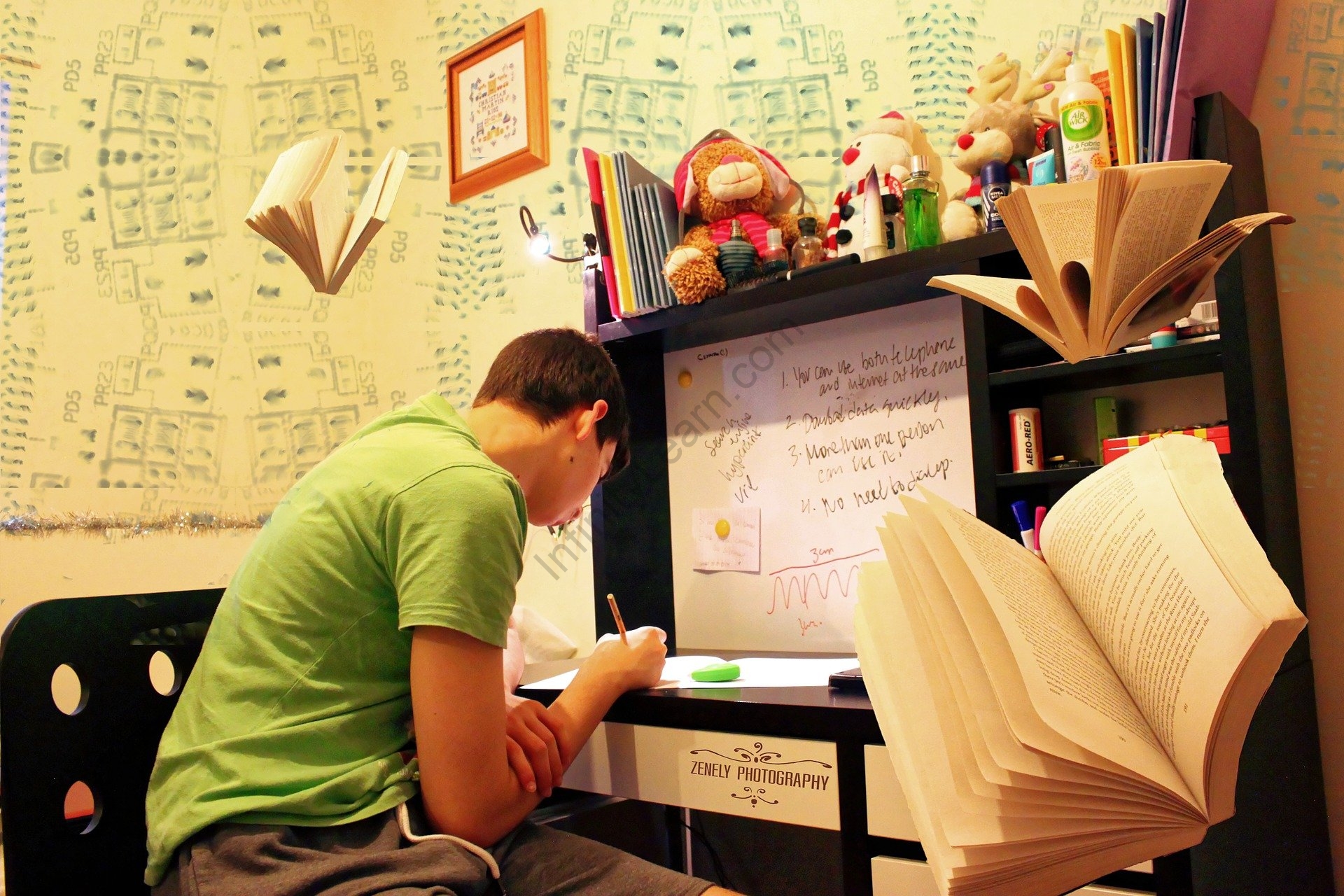
Courses

By Shailendra Singh
|
Updated on 30 Dec 2024, 10:48 IST
Poetry is a vast genre of literature that allows teachers and students to dip their toes or fully immerse themselves in creative writing. Learning to write poetry is a pleasant and interesting experience that will improve your language skills in all other forms of writing.
There are lots to offer students of all ages and skills, with over fifty recognized types of poetry. We’ll look at eight different types of poetry and teaching tactics for each in the classroom. These are the most prevalent types of poetry taught in elementary and primary schools.
Songs and rhymes are quite popular among young children. Poems appeal to them because of their repeating nature, and they are frequently found humming their favourite rhymes. However, few children attempt to create a poem since it appears to be such a difficult undertaking.

1. Consider a topic: Label each of the four equal portions on a piece of paper. 1. People and locations you adore, 2. Activities you enjoy, 3. World-related questions, and 4. Memories. Then, for each heading, consider what you might want to write about. Make a goal of writing three to four ideas for each heading. Which of your ideas would you like to write about first?
2. Choose your words wisely: Make a list of terms that characterize your theme before you begin composing your poem. To come up with words, use your senses. What do you think you’re smelling or hearing? What do you think you see? What are your thoughts? If you want to make rhyming poetry, lookup terms that rhyme on the internet.
3. Compose a poem: Begin crafting your poetry with your word list. Begin with making a statement or asking a question regarding your topic. Remember to use your senses when writing to make your poem descriptive. Make comparisons to help your reader see what you’re talking about. Be inventive!
4. Use Line Breaks Intentionally: Line breaks signal to the reader when it’s time to take a break. Your poem’s rhythm and meaning are further enhanced by line breaks. Experiment with your poem’s line breaks. Try a couple of different approaches until you’re happy with the poem’s flow and appearance.

5. Revise: After the initial drought, a poet is never finished! Remove any words or phrases that don’t belong in your poetry. Is it possible to add extra descriptions? Does the line break logic? When two words that start with the same sound are placed next to each other, it’s called alliteration. Is there a location where you might use alliteration? Reread your poetry aloud after you’ve made some adjustments.
This step-by-step instruction will help children in learning poetry well. Once youngsters have mastered the art of composing poetry, they can go to more complex and intricate verses. To promote a more joyful yet rigorous approach to poetry writing, here are some tips for parents/teachers to consider before they begin:
Also Read: How to maintain a healthy life
Also, by sharing your words and process with your students, they will realize that poetry is something that you care about, and you will be better ready to answer their questions about the writing process since you have gone through it yourself. It’s a win-win situation.
Also Check: 10 Best amazing facts about IIT JEE coaching

Cadence is the patterning of rhythm in natural speech or poetry that does not have a specific metre.
Rhyme - A syllable repetition, usually at the end of a verse line.
A verse is a group of lines that create the fundamental repeating metrical unit in a poem.